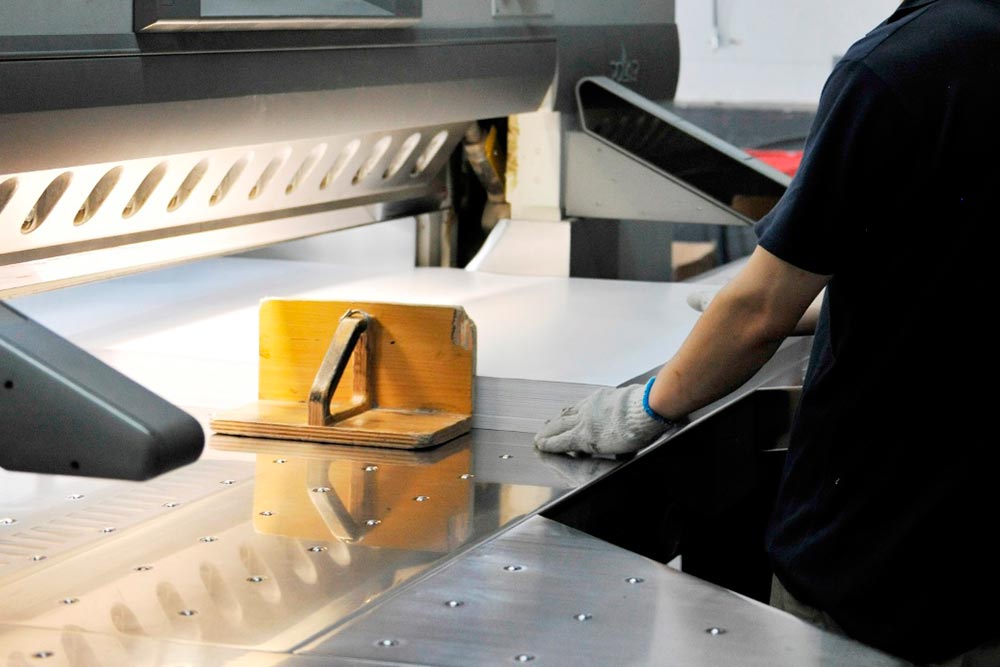 Whenever you hear the word “guillotine”, you can’t be blamed for thinking of executions by beheading during the French Revolution, or even a recently announced Marvel Comics character, but suppliers of modern paper cutting machines that have the same name are sure to be paying attention to one strikingly unusual tender notice.
Whenever you hear the word “guillotine”, you can’t be blamed for thinking of executions by beheading during the French Revolution, or even a recently announced Marvel Comics character, but suppliers of modern paper cutting machines that have the same name are sure to be paying attention to one strikingly unusual tender notice.
In a notification released through AusTender, the Australian Bureau of Statistics (ABS) has announced that it is seeking submissions for the supply, delivery, installation, calibration, initial operator training and on-going maintenance of guillotines suitable for use in the 2016 Census Data Centre (DCC).
According to the ABS tender documents, the guillotines are to be used in the processing of census forms for the Census of Population and Housing, which is anticipated to take place from January 2016 through to June 2017.
The ABS estimates that the guillotines will be required to remove the bindings from over five million census forms comprised of over 60 million pages, with more than 95 per cent needing to be guillotined during the period of 10th August until 10th October, 2016.
In what seems like an extra step in an already cumbersome, paper-based process that cost $440 million in the 2011 Census, the ABS said that the removal of the bindings is essential for the pages to be electronically captured by passing the census documents through scanning.
Details are presently sketchy as to how many guillotines the ABS requires, but the agency would prefer to have more than one in operation in order to improve the workflow and to act as backups in case one malfunctions.
Additionally, the ABS will require equipment management training and initial operator training for its employees.
“The successful supplier is to have appropriate resources capable of providing training as and when required by the ABS at ABS premises at the Eastern Seaboard Location,” the tender document said.
The Request for Tender is an unusual one, especially for an agency that has previously announced that the 2016 Census will be the “first predominantly digital Census for Australia”.
The plan for the 2016 Census is to establish the online form as the primary mode of response, with “a greater digital engagement with the Australian public”.
However the agency’s “vision” for the next Census in 2021 is to move the survey even closer to being “paper free” and to “investigate the collection of more detailed information for specific population groups, by tailoring a path through the electronic form based on their reported demographics”.





